A rubber transfer molding machine is a specialized machine used in the rubber industry for manufacturing rubber products through the process of transfer molding. It is commonly used for producing complex rubber components
with precise dimensions and intricate details.
The transfer molding process combines elements of both compression molding and injection molding. The machine typically consists of several major components, including a mold, a transfer pot, a plunger, and a heating system.
The mold used in transfer molding is typically made of metal and contains cavities and channels that define the desired shape and features of the rubber product. The mold is heated to a specific temperature to facilitate the curing process.
The transfer pot, also known as the preform or pot, is located above the mold and contains the measured amount of uncured rubber material, also known as a charge. The rubber material is heated and softened in the transfer pot.
During the transfer molding process, the plunger, which is attached to the transfer pot, is lowered to force the molten rubber material through channels or sprues and into the mold cavities. The rubber material fills the cavities and takes the shape of the mold.
Once the mold cavity is filled, the rubber material is held under high pressure and temperature to ensure proper curing and bonding of the rubber. This pressure helps to eliminate any voids and ensures the rubber product takes the desired shape and dimensions.
After the rubber has fully cured, the mold is opened, and the finished rubber product is removed from the mold. The excess material, known as flash, is trimmed off, leaving behind the final rubber component.
Rubber transfer molding machines offer advantages such as precise control over the molding process, the ability to produce complex shapes and intricate details, and shorter cycle times compared to compression molding.
They are widely used in industries such as automotive, electronics, medical, and consumer goods for the production of various rubber components.
Proper operation, regular maintenance, and adherence to safety guidelines are essential when using a rubber transfer molding machine to ensure safe and efficient operation, as well as consistent product quality.
Common Models, if you need other models or have other special technical requirements on size, pressure, working layer number, please just contact us.
| Model | RTM-100T | RTM-200T | RTM-300T | RTM-400T | RTM-800T |
|
Injection Piston Dia. (φmm) |
70 | 80 | 95 | 95 | 95 |
|
Injection Volume (cm3) |
1000 | 2000 | 3000 | 4000 | 10000 |
|
Mode locking force (KN) |
1000 | 2000 | 3000 | 4000 | 8000 |
| Piston Stroke (mm) | 400 | 500 | 600 | 600 | 1000 |
|
Hot plate spacing (mm) |
450 | 570 | 750 | 750 | 1400 |
| Min. mould thickness(mm) | 60 | 80 | 160 | 160 | 400 |
| Heating platen size(mm) | 450×450 | 540×580 | 700×600 | 800×700 | 1000×1000 |
| Electronic power(kW) | 12 | 12 | 18 | 18 | 48 |
| Working Pressure (MPa) | 20 | 20 | 20 | 20 | 17.7 |
| Motor Power(kW) | 7.5 | 11 | 15 | 15 | 37 |
| Installed power (KW) | 26 | 30 | 40 | 40 | 40 |
|
Dimension (L×W×H)(m) |
3×1.9×3 | 3×2.3×4 | 3.4×2.3×4.4 | 3.6×2.8×4.8 | 5.8×2×6.7 |
| Total Weight(T) | 3 | 4 | 8 | 10 | 30 |
Above parameters can be customized, we can tailor make machines according to customers' work needs, and adjust other releated parameters to a reasonable data.
Detail Images of PLC control rubber vulcanizing press machine:
Control Panel
we design different type control panel according to machine needs or customers' requirements, here just put a few for your reference.
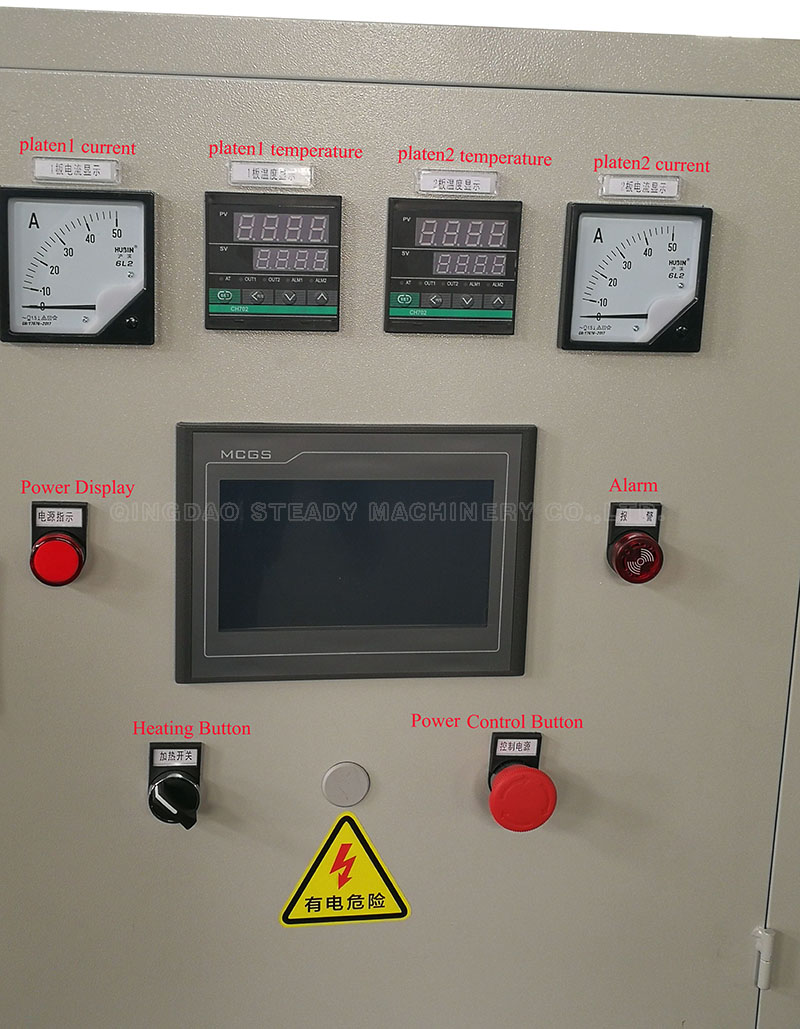
Control Box
Mainly there are two kinds of electronics for choice. 1. Taiwan brand Mirle
2. Siemens brand
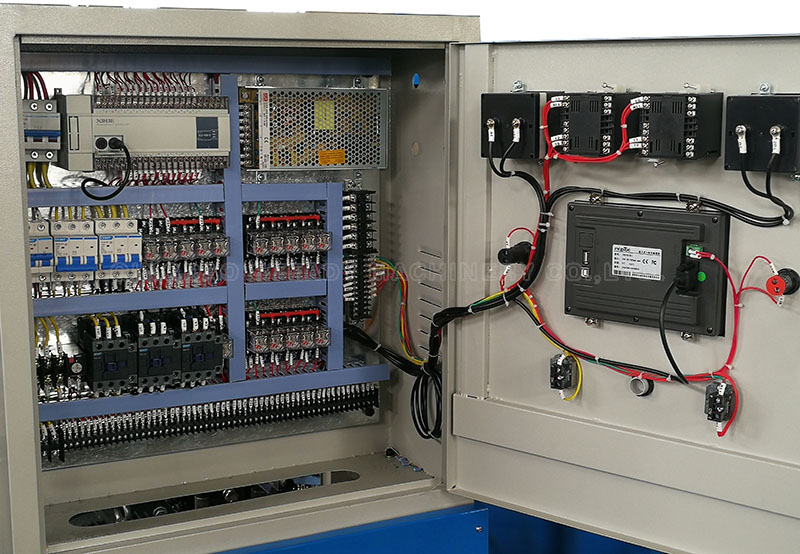
Oil Cylinder and Piston of my company's rubber vulcanizing press machine:
Oil cylinder adopts QT500-7 ductile iron, called FCD50 in Japan, and for some huge size machines, we adopt cast steel oil cylinder;
piston adopts chilled hard alloy cast iron; seal adopt imported international quality sealing ring and dustproof ring, to ensure long working life.
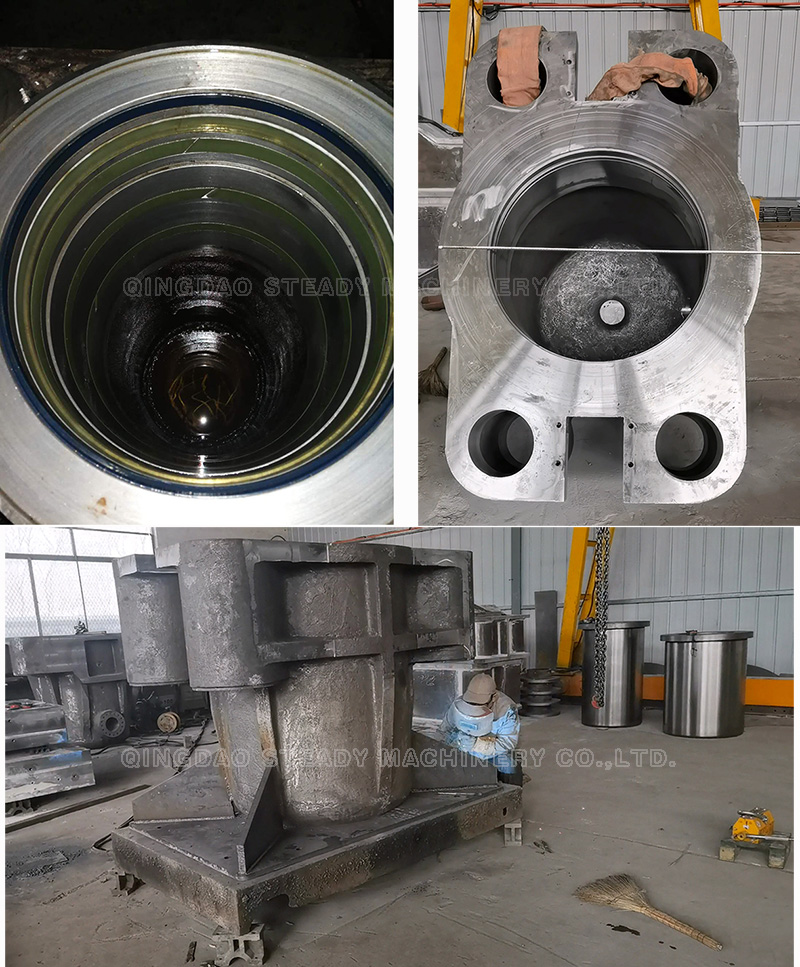
Main parts of our rubber vulcanizing press machine, all adopts casted ductile iron or cast steel, which has good stability, don't deformation.
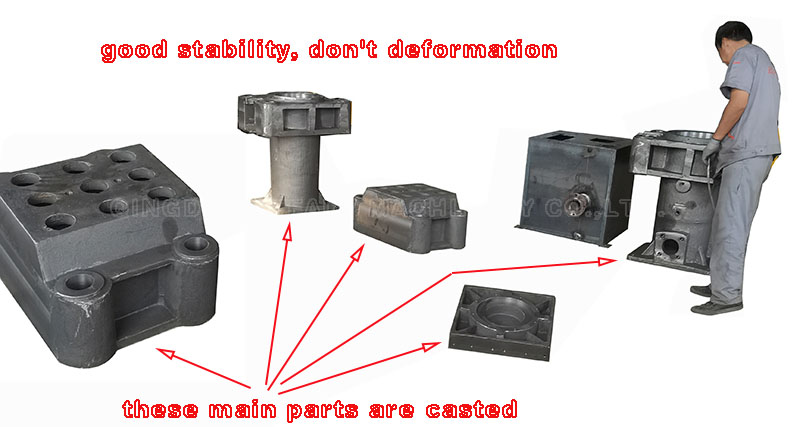
The piston of our rubber vulcanizing press machine adopts cold/chilled hard cast iron
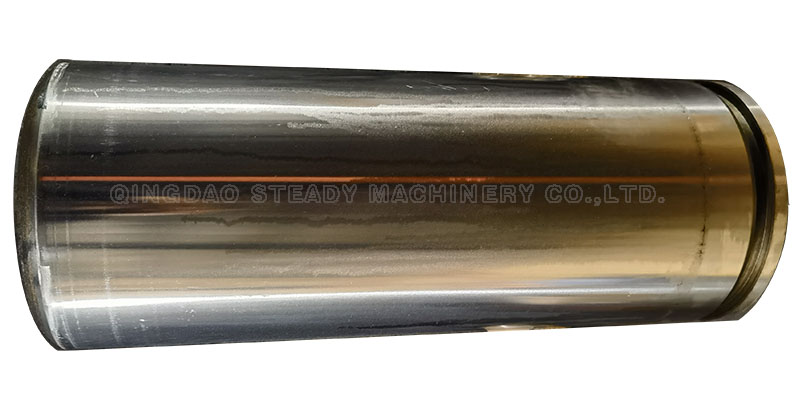
1、Basic knowledge of cold hard cast iron
Cold hard cast iron is a casting alloy material that is based on elements such as iron, carbon, and silicon. By adding alloying elements such as chromium, molybdenum, and vanadium, and through casting and heat treatment processes, it achieves excellent hardness and wear resistance. Its hardness and wear resistance far exceed those of ordinary cast iron and gray iron, and it also has high strength and toughness, which has been widely used in the industrial field.
2、 The Hardness Characteristics of Cold Hardened Cast Iron
The hardness of cold hard cast iron is mainly achieved through heat treatment and chemical composition control. Compared to other casting materials, its hardness is extremely high, usually between 60-65 HRC, while the hardness of steel is only between 50-55 HRC.
3、 The manufacturing process of cold hard cast iron
The manufacturing process of cold hard cast iron mainly includes two processes: casting and heat treatment. During the casting process, control the chemical composition ratio in the as cast state to ensure the ratio of ferrite and pearlite; During the heat treatment process, magnesium spheroidization is subjected to high-temperature treatment, followed by quenching and tempering to obtain excellent hardness and toughness.
4、 The Application Prospects of Cold Hardened Cast Iron
Due to its excellent properties such as hardness and wear resistance, cold cast iron is widely used in manufacturing mechanical parts and tools under high load and high wear working environments. In the field of engineering machinery, some key components have also begun to use cold cast iron materials to improve the service life and safety performance of machinery.
Valves
Qingdao Steady Machinery Co.,Ltd. adopts international famous brand solenoid valves for it's rubber vulcanizing press machine.
Which works accurately and has a long service life.
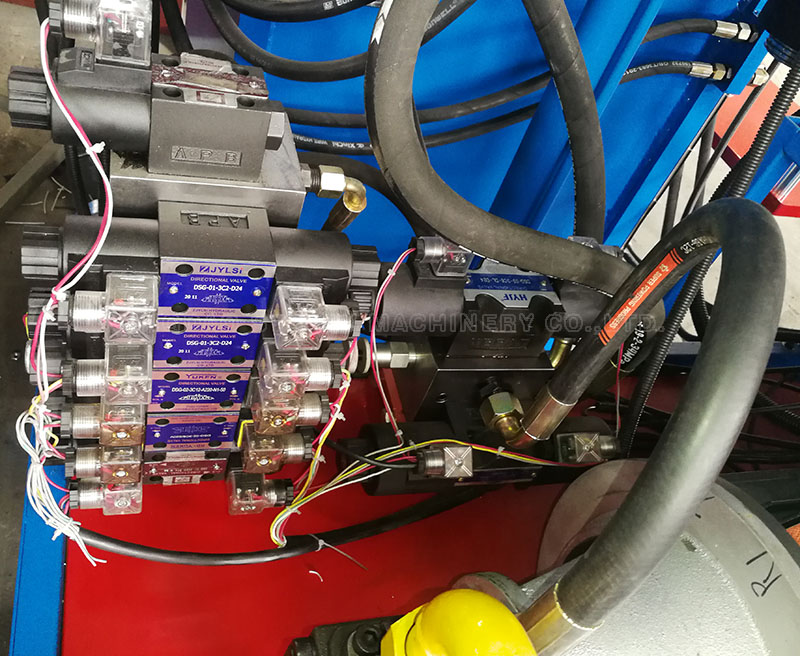
Motor
We adopts China famous brand motor or imported brand motor if customers' have special demand.
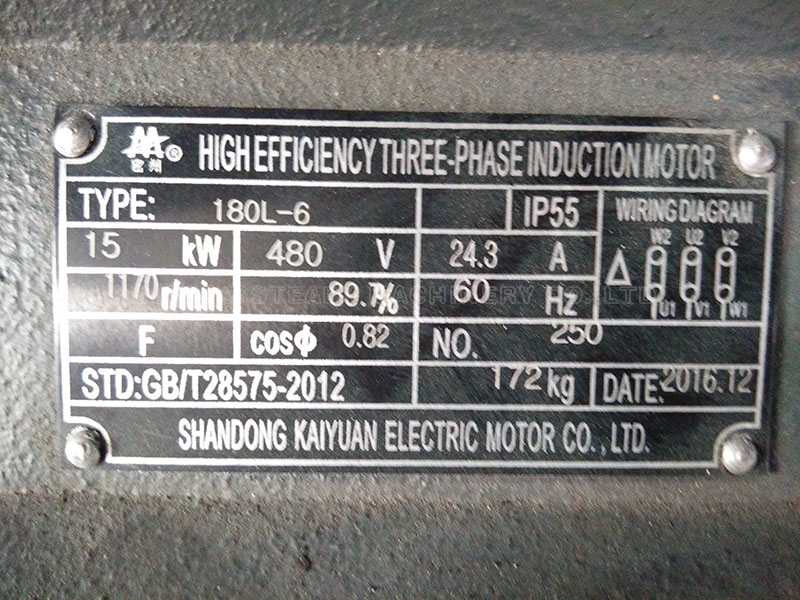
The brand of motor we choose uses high-quality copper wire for coils and wiring, which has excellent conductivity.
Copper wire motors have good conductivity, low resistivity, and can achieve larger output power at smaller currents, thereby reducing electrical energy loss. Good corrosion resistance.
Copper wire motors are less prone to rusting and have a longer service life.
Excellent reliability. The connection points and joints of copper wire motors are easy to solder and connect, thus having higher reliability.
More durable.
The durability of copper wire motors is better than that of aluminum wire motors, because aluminum wire has a higher resistance than copper wire and generates higher heat during use, which can easily burn out the motor.
More energy-efficient, copper wire motors have a smaller resistance and lower heat generation, making them more energy-efficient.
More silent, copper wire motors used in our rubber vulcanizing press machine have less noise because aluminum wire motors have a noise level approximately 7 decibels higher than copper wire motors.
Injection part of the machine
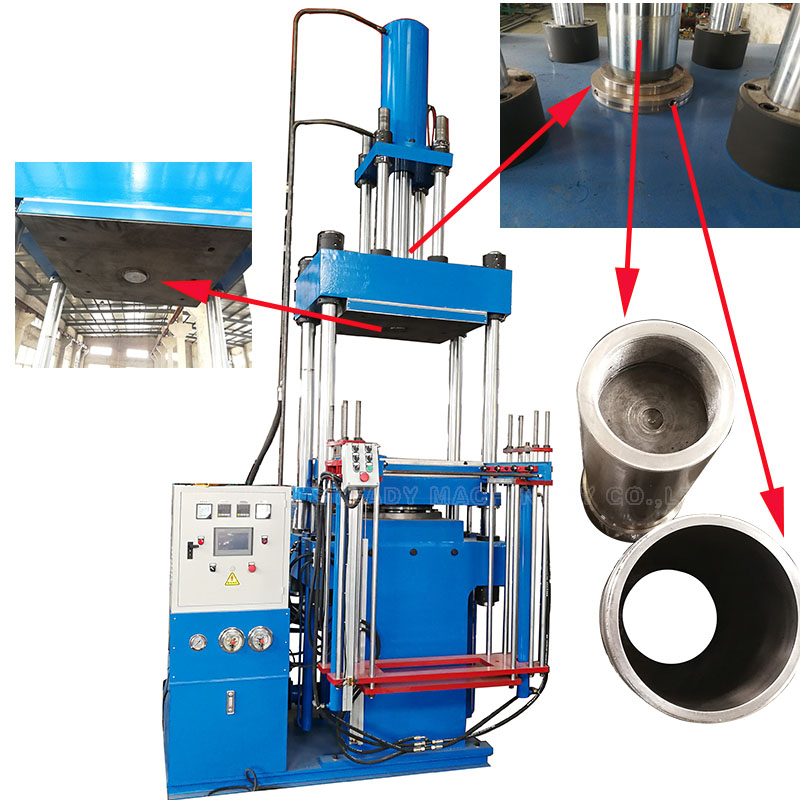
Good parts ensures good machine quality, but it need plus a good design.
Our engineer service team provide in time design according to customers work needs or special requirements:
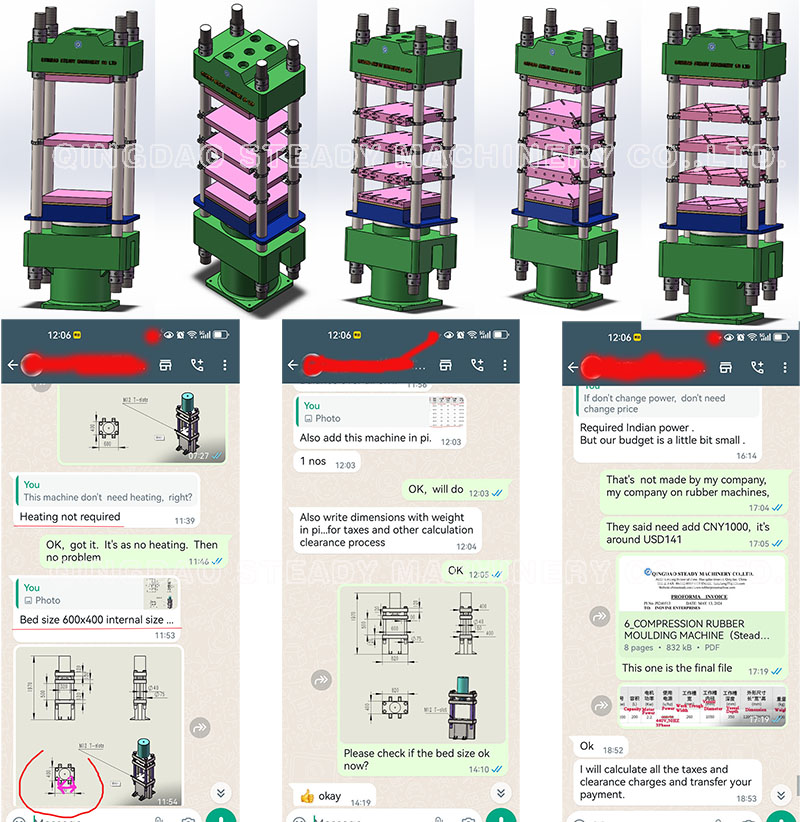
Various kinds rubber products can be made by rubber transfer molding machine
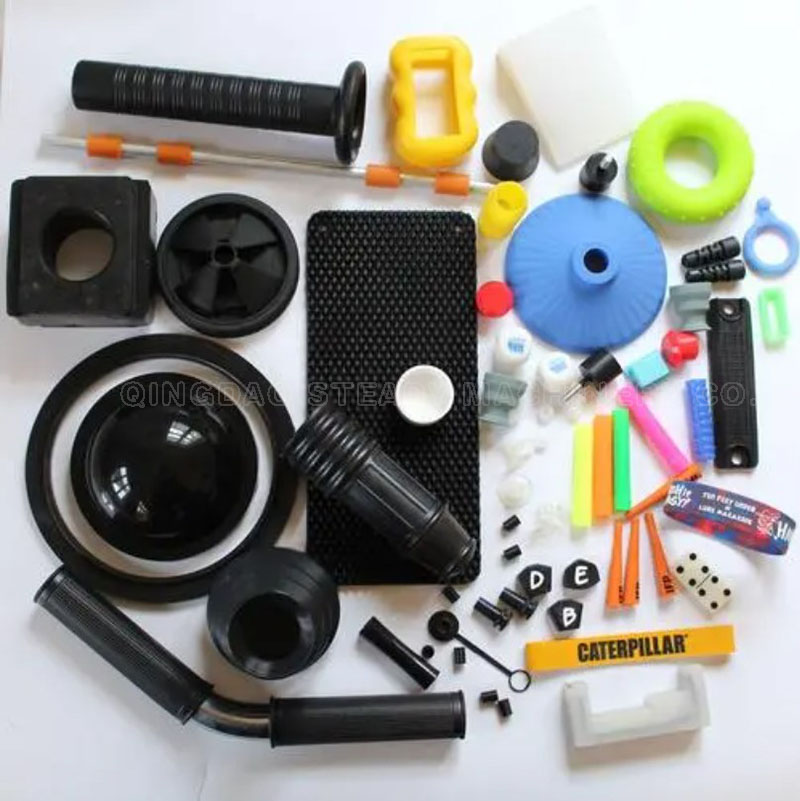
Rubber Molds
We can also make molds according to clients' samples or drawings:
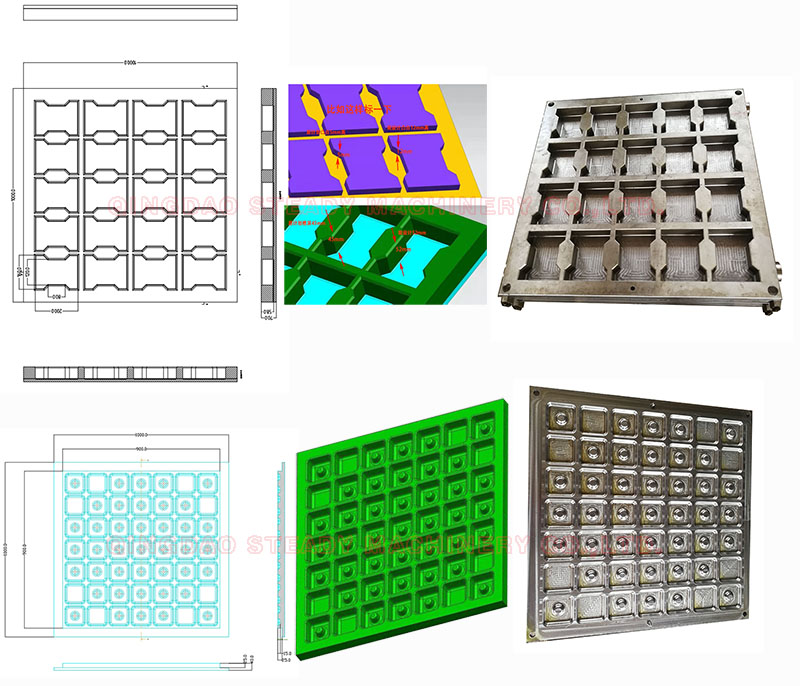
Just contact us


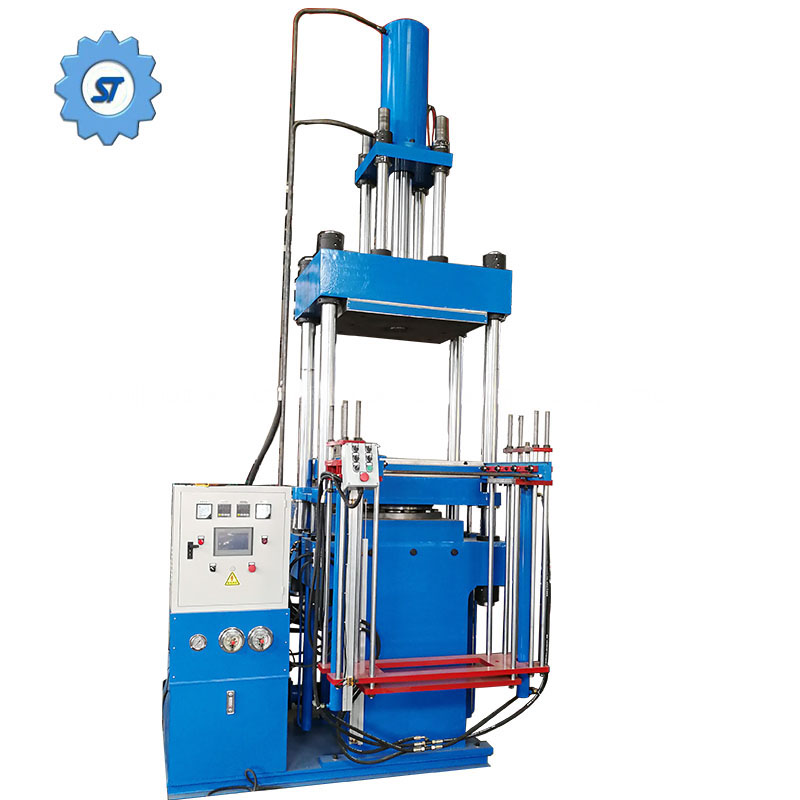
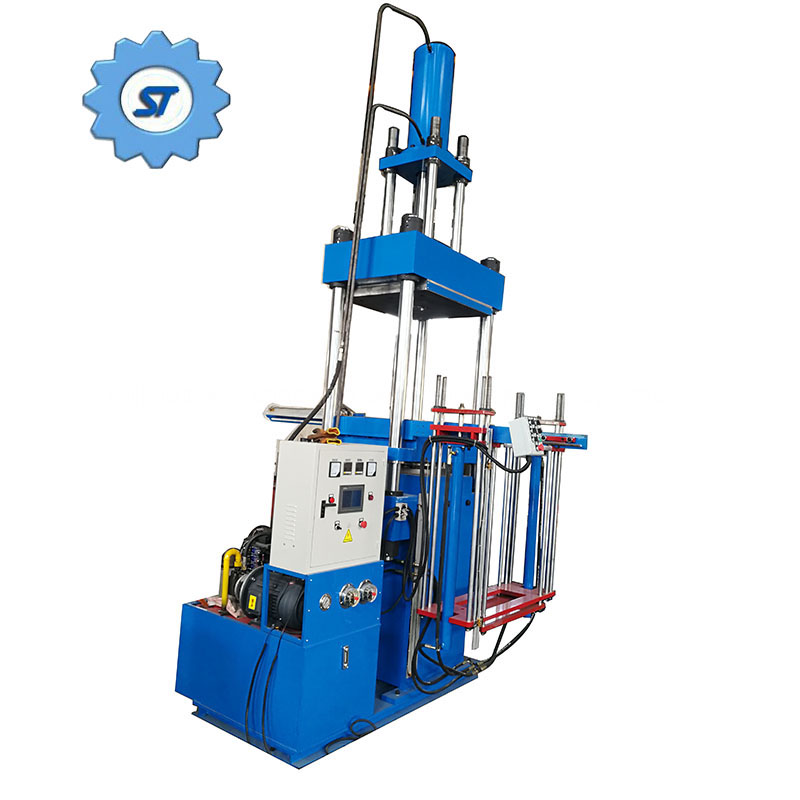
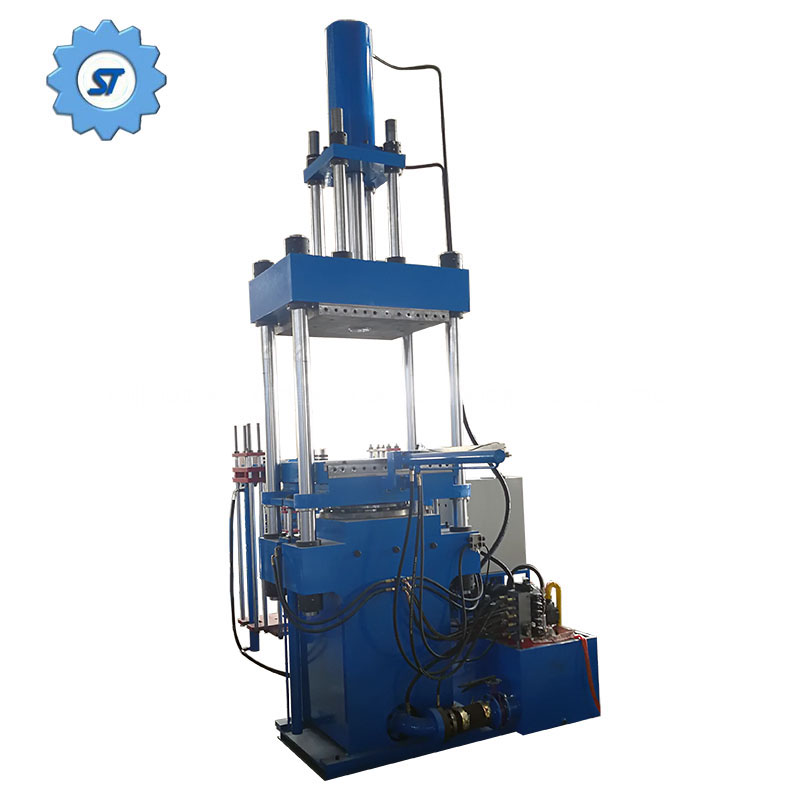
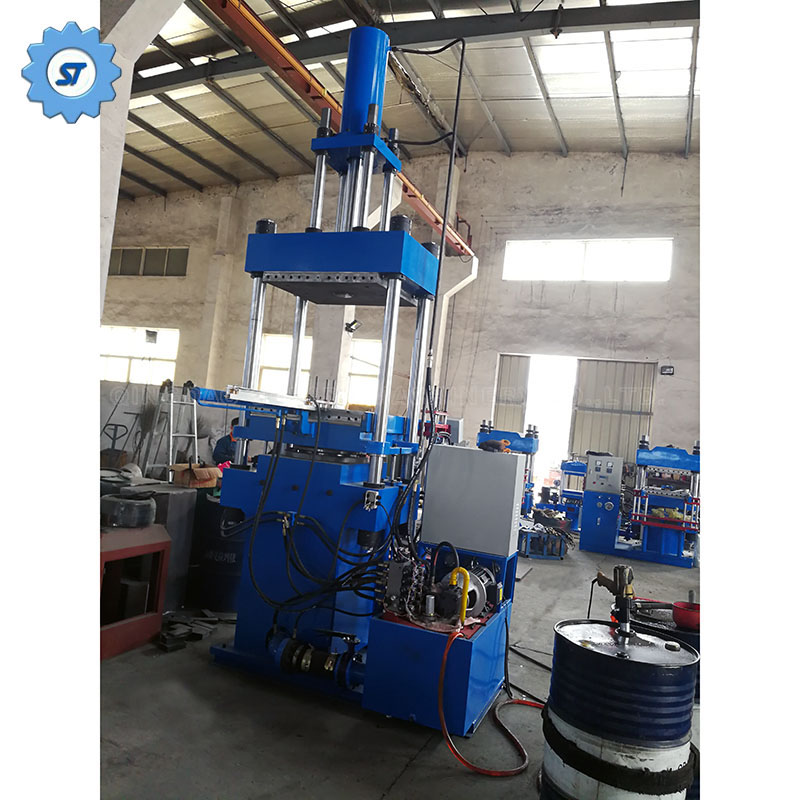
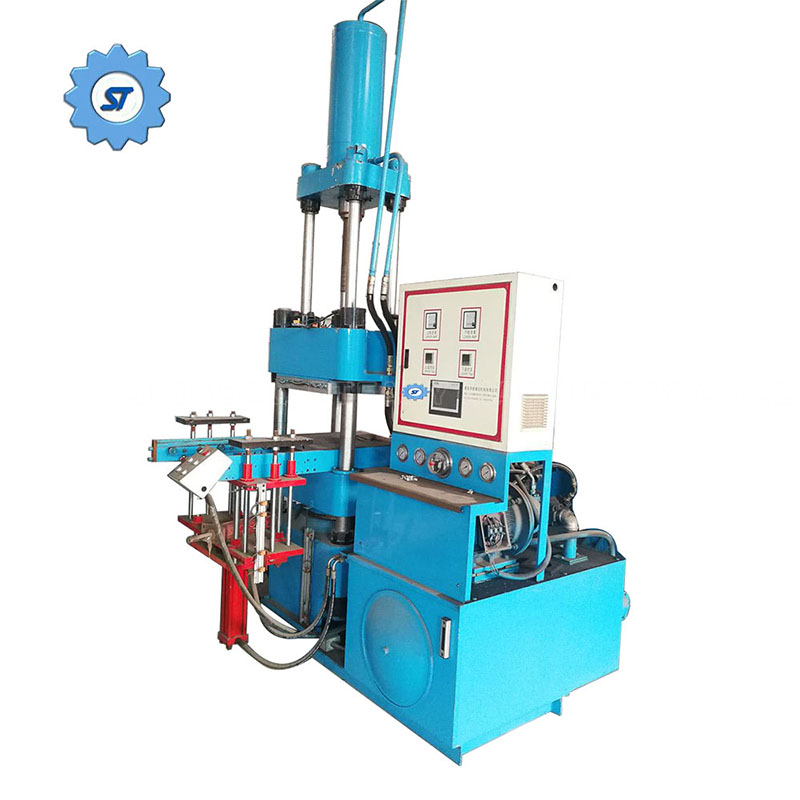
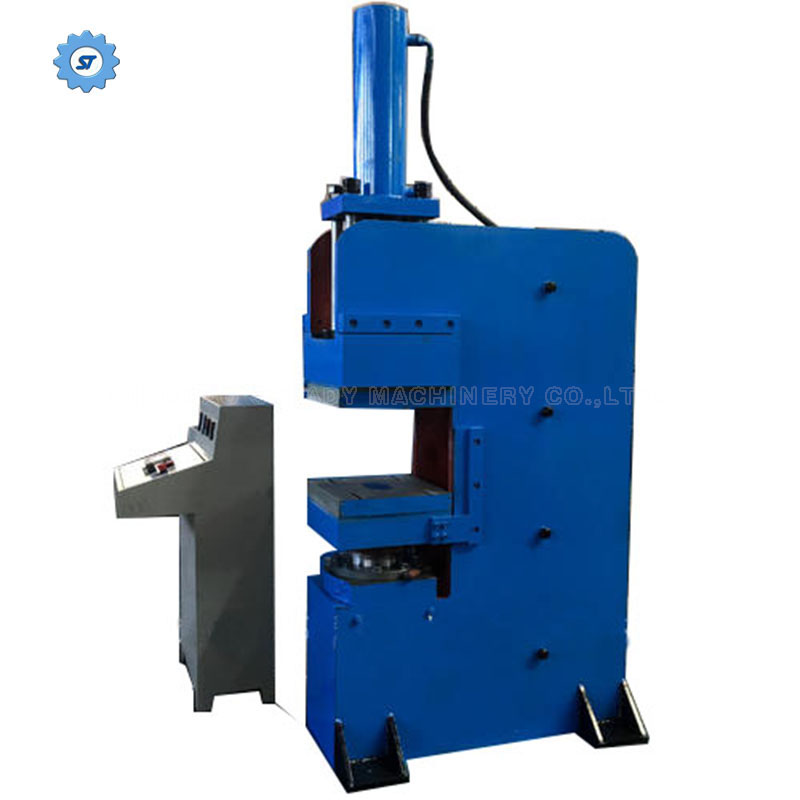
Comments: